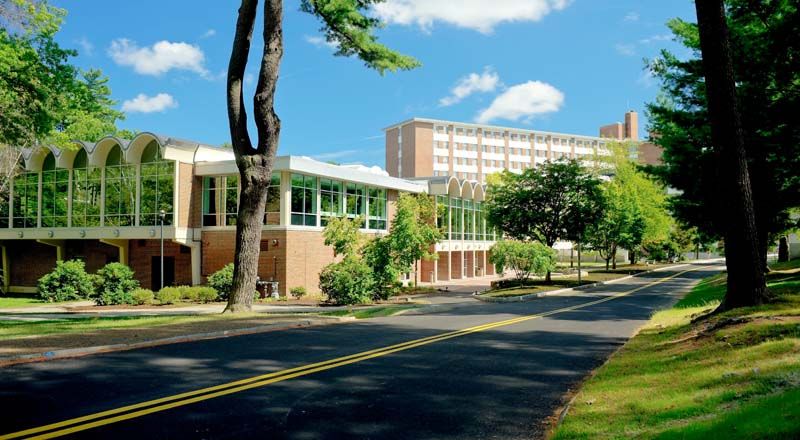Long Lines and Crowded Dining Halls Highlight Labor Shortages
October 5, 2022
DURHAM – Two and half years after the COVID-19 pandemic, the University of New Hampshire (UNH) dining program continues to be affected by nationwide labor shortages, creating longer lines and crowds for students. The Stillings Dining Hall, located near the Paul College of Business and Economics, closed temporarily in response to labor shortages in 2020. According to Executive Director of Hospitality & Campus Services Bill McNamara, the dining hall remains closed with no plans to reopen for the 2022-2023 academic school year.
“Despite transferring all Stillings staff to vacant dining positions in Holloway and Philbrook, we are still experiencing a high level of unfilled positions. This is the current reality for the food service industry and not unique to UNH Dining,” said McNamara.
For student workers, the lack of staffing poses some stress.
“I don’t think there’s enough staff. There are holes everywhere in the schedule,” said a second-year student and Philbrook worker. “No one can really do double shifts anymore, and there’s lots of call outs. I would like more people working in dining,” they said.
According to McNamara, the university had several job fairs throughout the summer to address this issue, and have a few more planned for the coming months.
However, it is difficult to determine whether these measures will be effective in combating labor shortages, as COVID-19 related sickness continues to be a strain on the service industry. A recent study published by the National Bureau of Economic Research estimated that the national labor force has decreased by 500,000 workers nationally, or about 0.2% of U.S. adults.
With these staffing strains and the entrance of the University’s largest first year student class, students may expect a slower dining hall experience. However, many blame another culprit in the case of long dining hall lines: the biometric ID system.
The Philbrook Dining Hall is now implementing biometric finger metric scanning technology at its entrance instead of an ID swipe for the first time since the start of the pandemic. According to UNH Campus Services, “Biometric technology uses a combination of two biometric readings, fingerprints and finger veining that result in the No.1 rating in enrollment and identification accuracy.”
With biometric technology, students can access dining halls without swiping their card, preventing issues that may arise as a result of lost student ID cards. While it may be intended to make the dining experience more efficient, many students have attributed the longer lines to the change.






























